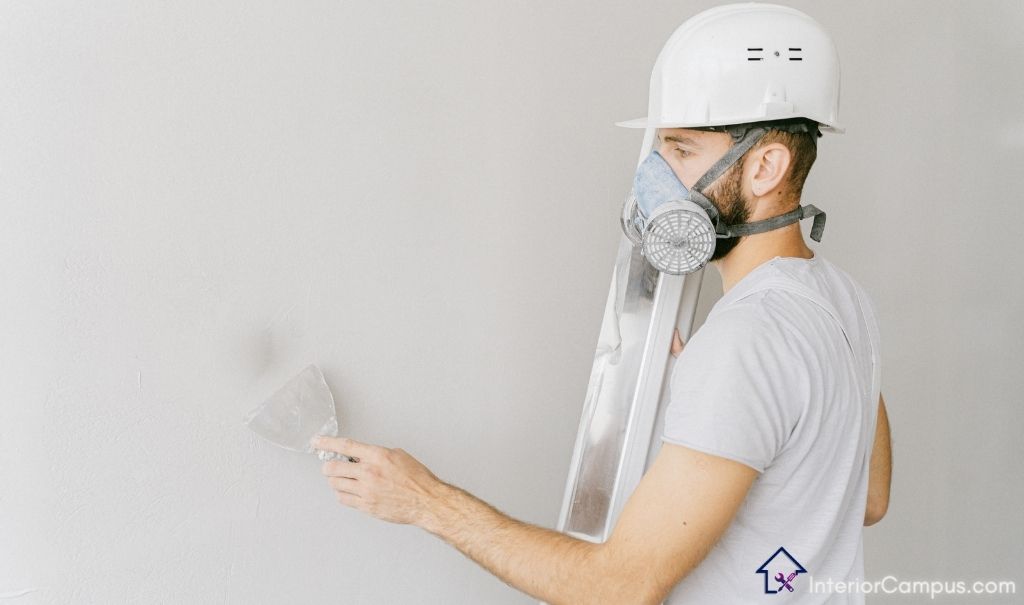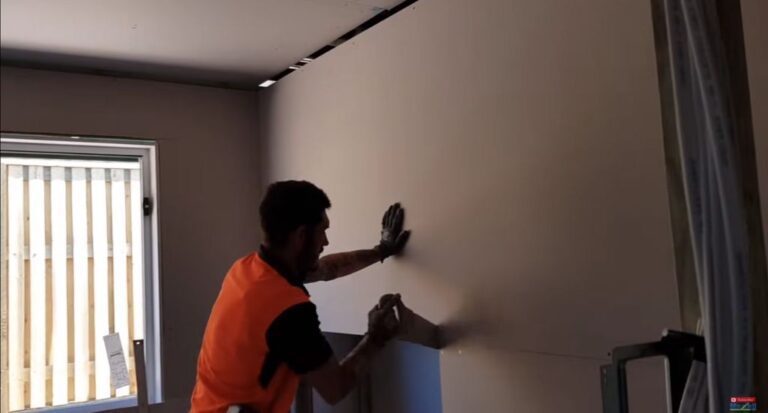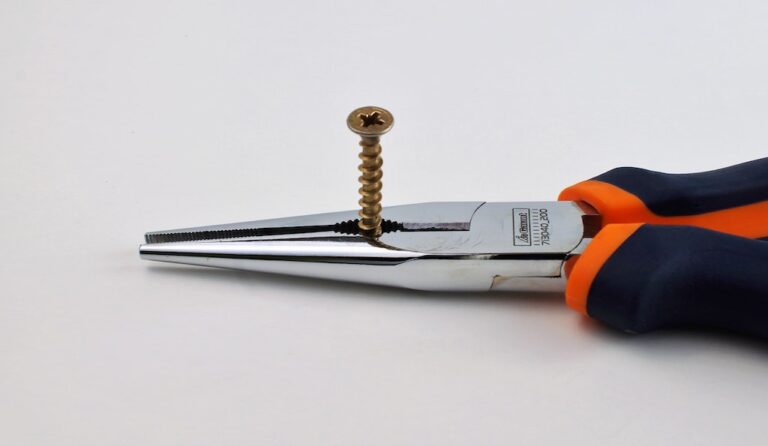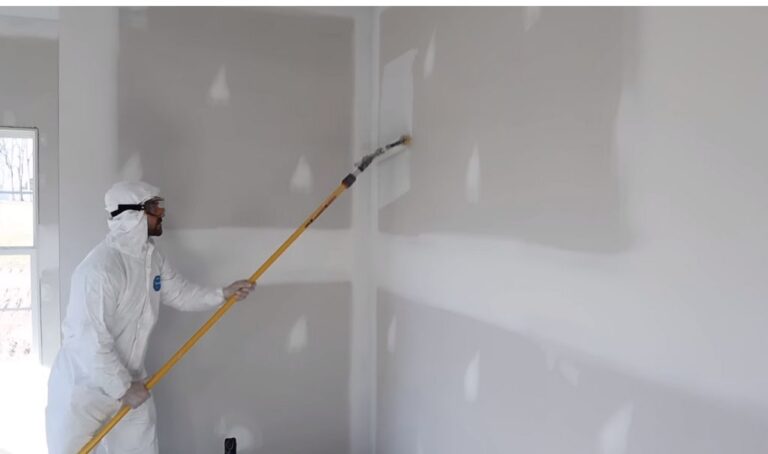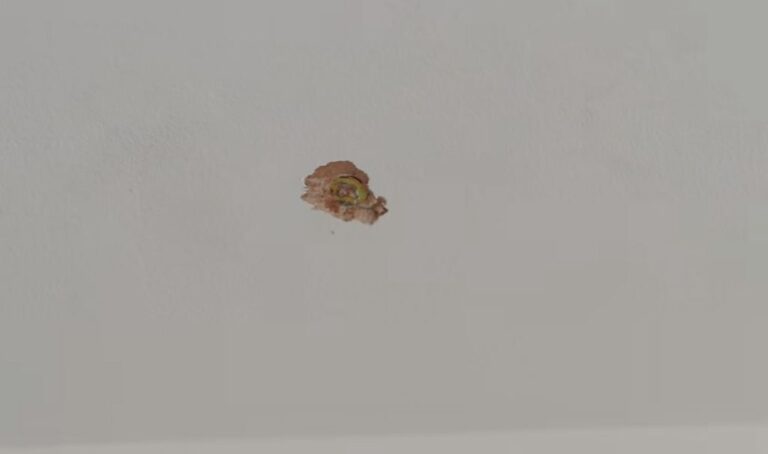Does Drywall Smell When It Gets Wet?
I had a few sleepless nights thinking about the smell that my room had. After a long gap of several hours, I finally managed to notice that my drywall had that smell. I went to ask my friend, Does Drywall Smell when it gets wet?
Yes, drywall can smell when it gets wet. The smell is often described as musty or earthy, and it can be caused by mold, mildew, and bacteria growth. The longer the drywall is wet, the stronger the smell will become. If you notice that your drywall is wet, it is important to act quickly to dry it out.
You can use a heater or fan to get rid of a temporary smell. But what if drywall observed the water and smell continues? Sometimes, it’s not water.
So, how to know why the Drywall smells so bad even if there is no water visible? Well, there are several reasons, just spend a few minutes with this blog post and get clarity on why it smells and the most important thing is ‘How to get rid of the smell’?
Does Drywall Smell When It Gets Wet?
You’ve got a cozy home, and it’s raining cats and dogs outside. Suddenly, a leak rears its ugly head, and your drywall is caught in the crossfire. Now, you’re left wondering, “Does drywall turn into a stink bomb when it gets wet?”
The short answer? Yes, it can. But let’s dive into the nitty-gritty.
Drywall, despite its tough exterior, is a bit like a sponge. It soaks up water faster than your neighbor’s kid gobbles up cookies at a birthday party. So, why does it get all smelly? Well, it’s all about moisture, my friend.
When drywall gets wet, it can turn into a breeding ground for mold and mildew. And what do they bring to the party? A pungent, musty aroma that can make your space as inviting as a locker room post-game. Not exactly what you had in mind, right?
But it doesn’t stop there. Depending on the situation, your drywall might throw a curveball in the olfactory department. If it’s mingling with dirt or sopping up some funky liquids, you might get hints of earthiness or other unpleasant scents. It’s like a guessing game for your nose.
So, what’s the bottom line? Drywall can indeed smell when it gets wet. But fear not! You’ve got the power to fix it. And remember, a little humor can go a long way in making the whole process a tad less stinky – just like cracking a joke at a tense family gathering. Now, go tackle that damp drywall with a smile!
Why Does Drywall Smell When It Gets Wet?

Let’s unravel the mystery behind why drywall decides to go all aromatic when it takes a dip. It’s like Sherlock Holmes meets home improvement – minus the pipe and deerstalker hat.
Drywall as a giant sponge, but without the delightful squeeze at bath time. When it gets cozy with water, it starts to absorb it like a teenager with a smartphone. So, what’s the scent secret here?
The main culprits behind that unwelcome aroma are none other than mold and mildew. These guys love a moist environment more than a tourist loves selfies. They thrive in damp, dark spaces and emit a distinctive, musty odor that can turn your space into an olfactory adventure.
Now, here’s where it gets interesting. If the water has brought along some buddies like dirt or other less-than-pleasant liquids, you might experience a range of scents, from earthy to downright unpleasant. It’s like a smelly surprise party you didn’t RSVP for.
Remember, every scent can be replaced by a more pleasant one, like the scent of victory after defeating the damp drywall dilemma. So, let’s roll up our sleeves, keep our humor intact, and get to work!
Different Types of Smells That Drywall Can Have When It Gets Wet?’
Now, let’s embark on a sniffing adventure to explore the fascinating world of scents that wet drywall can offer. Think of it as a fragrant journey through your home’s unexpected aroma gallery.
Not going through the smell is the ultimate solution irrespective of the type of smell. But yes, get a little knowledge so you can make it hard in front of your family and friends. You must know the source and type of smell to completely get rid of it.
- Musty Odor: This one’s a classic. It’s the smell you’d expect from your grandma’s attic – that unmistakable musty whiff. It’s often the result of mold and mildew throwing a party in your wet drywall. Not the kind of party you’d want an invitation to.
- Earthy Smell: Ever walked into a room and felt like you were in the middle of a forest? If your drywall is soaking up water that has been frolicking in dirt or soil, you might be greeted by this earthy scent. It’s like Mother Nature just moved into your living room, uninvited.
- Stale Odor: This one’s a bit like the smell of your gym bag after a week of workouts. Stagnant water can lead to a stale aroma in your space, making it feel less cozy and more like a locker room on a hot summer day. Yikes.
- Smoky or Burnt Odor: In unfortunate cases where fire has been involved, your drywall might carry the aftermath of a smoky or burnt smell. It’s as if your wall is telling a cautionary tale about what not to do in the kitchen.
So, what’s the bottom line here? The different scents that wet drywall can offer are like a fragrance sampler you never asked for. But, fear not, you’re not stuck with these odors forever.
With the right steps and a bit of humor, you can say goodbye to these unwelcome fragrances. Just remember, the scent of victory is much sweeter than the mustiest of musty smells.
How to Remove the Smell from Wet Drywall
So, you’ve detected the stinky culprit – wet drywall – and you’re ready to restore your space to its fresh, inviting self. Let’s roll up our sleeves and embark on this aromatic adventure, shall we?
Here is the most loving part of the actual process. Get your tools and prepare to do it yourself with a MASK On. If you are not at all comfortable, you can call a specialist of course.
1. Identify and Eliminate the Source: Just like solving a mystery, you need to find the source of the moisture. Is it a sneaky leak, a boisterous flood, or maybe just high humidity throwing a party? Locate the troublemaker and show it the exit door.
2. Dry It Out: Drywall may be a bit of a water-hoarder, but it’s no match for your drying prowess. Deploy dehumidifiers and fans to whisk away the moisture, leaving your drywall as parched as a cactus in the desert. This not only saves your wall but also prevents mold from staging a comeback – no encore for you, mold!
3. Clean and Disinfect: If mold has decided to join the party, don your cleaning gear and face it head-on. Use a mold-killing solution to eradicate it. Consider it a showdown between you and the green menace. Who’s the boss now, mold?
4. Repaint or Replace: Sometimes, drywall can suffer more than just a bad smell. If it’s severely damaged, the painting may not cut it. In such cases, consider a makeover – new drywall to the rescue!
5. Ventilation: Keep the area well-ventilated to ensure that you’re not trapped in a never-ending cycle of unwelcome aromas. Fresh air is like your home’s best friend – always ready to chase away bad odors.
Now, for the grand finale – remember that humor is your secret weapon in this scent-saga. There’s no better way to face the challenges of drywall odors than with a smile. After all, a good laugh can be as effective as any air freshener. You can read more about it from WeekAnd.com
So there you have it, my odor-fighting comrade – you’re equipped to reclaim your space from the clutches of smelly drywall. Stay persistent, stay upbeat, and in no time, your home will be smelling as fresh as a daisy on a spring morning. Happy deodorizing!
Conclusion
Battling the odorous antics of wet drywall is a task that, while less than glamorous, can be conquered with a bit of know-how and a touch of humor. Remember, identifying the moisture source and tackling it head-on is your first mission. Once the source is eliminated, it’s all about drying, cleaning, and perhaps a fresh coat of paint.
The key takeaway? With patience and the right steps, you can transform your space from a scent sensation nobody asked for to a fragrant haven that welcomes you home with open arms. Here’s to a home that smells as sweet as success!
